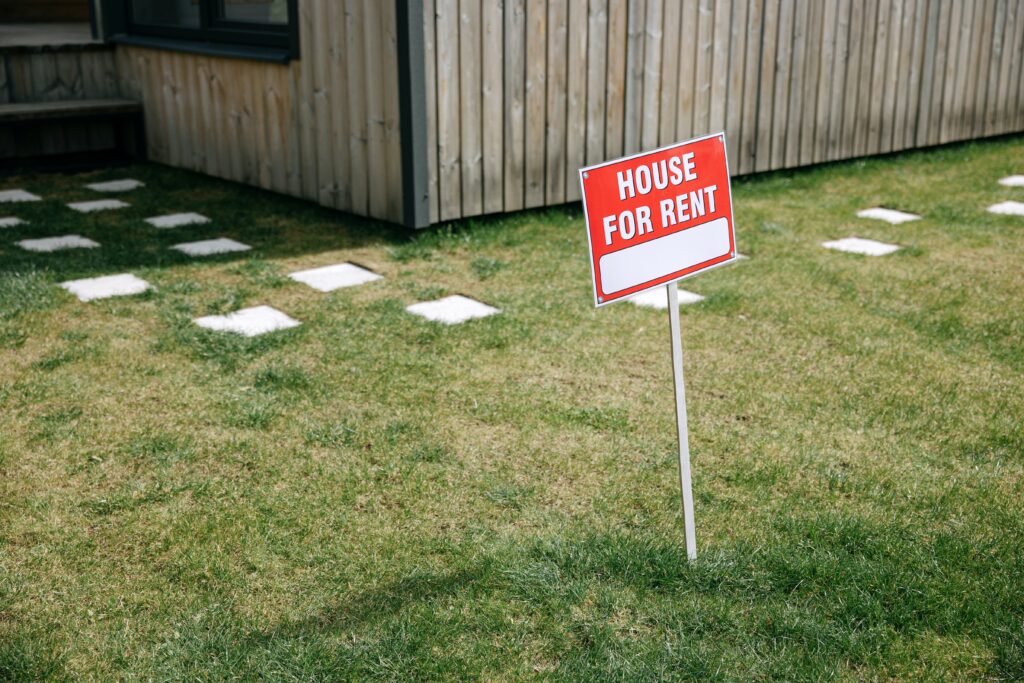
Introduction to Investing in Rental Properties
Key Takeaways:
- The benefits and risks of rental property investments
- Tips for finding and selecting the right properties
- Financing and managing your investments
- Maximizing rental income and property value
- A case study of a successful rental property investment journey
Have you ever wondered how to create long-term wealth and achieve financial freedom? Investing in rental properties might just be the answer you’re looking for. It’s no secret that real estate is one of the most popular investment choices for individuals looking to build a diversified portfolio. In this article, we’ll dive into the ins and outs of investing in rental properties and how you can get started on your path to financial success. Ready? Let’s begin!
Benefits and Risks of Rental Property Investments
Benefits:
- Passive income generation
- Tax benefits
- Hedge against inflation
- Long-term appreciation
Risks:
- Property damage and maintenance costs
- Tenant turnover and vacancy
- Market fluctuations
- High entry costs
It’s true that investing in rental properties can provide you with passive income, tax benefits, and long-term appreciation. However, like any investment, it also comes with its share of risks. To be a successful real estate investor, you need to carefully weigh the pros and cons and be prepared for any challenges that may arise. So, how do you invest in houses and navigate the world of properties to invest in?
Finding and Selecting the Right Rental Properties
The key to success in buying properties lies in finding the right ones. Here are some tips to help you identify and select the right rental properties:
- Research the local market: Understand the supply and demand, rental rates, and the economic conditions of the area.
- Look for neighborhoods with low vacancy rates: These areas tend to have higher demand for rental properties.
- Consider properties near amenities: Properties near schools, hospitals, shopping centers, and public transportation tend to be more attractive to tenants.
- Evaluate the property’s condition: Ensure the property is structurally sound and requires minimal repairs.
Key Factors in Evaluating Rental Properties
| Factor | Description |
| Location | Proximity to amenities, employment opportunities, and low crime rates |
| Property Type | Single-family homes, multi-family homes, or apartment complexes |
| Property Age & Condition | Newer properties require less maintenance, while older properties may have lower purchase prices but higher repair costs |
| Rental Potential | Expected rental income, vacancy rates, and tenant demand |
Financing and Managing Rental Properties
Now that you know how to invest in real estate, let’s talk about financing and managing your investments. There are various financing options available, such as traditional mortgages, hard money loans, and seller financing. It’s crucial to find the right financing option that aligns with your investment goals and financial situation.
Managing rental properties can be time-consuming and challenging, especially if you’re juggling multiple investments. Consider hiring a property management company to handle tasks like tenant screening, rent collection, and property maintenance, allowing you to focus on growing your real estate investment portfolio.
Tips for Maximizing Rental Income and Property Value
- Regularly review and adjust rental rates: Stay competitive in the market by keeping up with rental rate trends.
- Offer incentives to attract and retain tenants: Provide move-in specials, referral bonuses, or long-term lease discounts.
- Invest in property improvements: Upgrades like energy-efficient appliances and smart home technology can increase the property’s value and attract higher-paying tenants.
- Implement effective marketing strategies: Utilize online platforms, social media, and local advertising to attract potential tenants.
- Practice proactive maintenance: Regular inspections and prompt repairs can help prevent costly damages and maintain the property’s value.
Case Study: A Successful Rental Property Investment Journey
Meet Loren, a successful investor who started her journey in real estate investment just five years ago. She began by buying properties in up-and-coming neighborhoods with low vacancy rates and high rental demand. Loren financed her first property using a traditional mortgage and managed it herself, learning the ropes along the way.
Over time, Loren expanded her portfolio by reinvesting rental income and strategically acquiring new properties. She eventually hired a property management company to handle the day-to-day tasks, freeing up her time to focus on analyzing new investment opportunities. Today, Loren’s rental property portfolio generates a significant passive income, allowing her to achieve financial freedom and long-term wealth.
The Bottom Line: Investing in Rental Properties for Long-Term Wealth
As you can see, investing in rental properties can be a lucrative and rewarding venture when done correctly. By carefully selecting the right properties, securing appropriate financing, and effectively managing your investments, you can create a stream of passive income and build long-term wealth. So, are you ready to embark on your own rental property investment journey? Remember to always keep learning and refining your strategies as you grow your real estate portfolio.